Home>Gardening & Outdoor>Landscaping Ideas>How To Keep Grass And Weeds From Growing
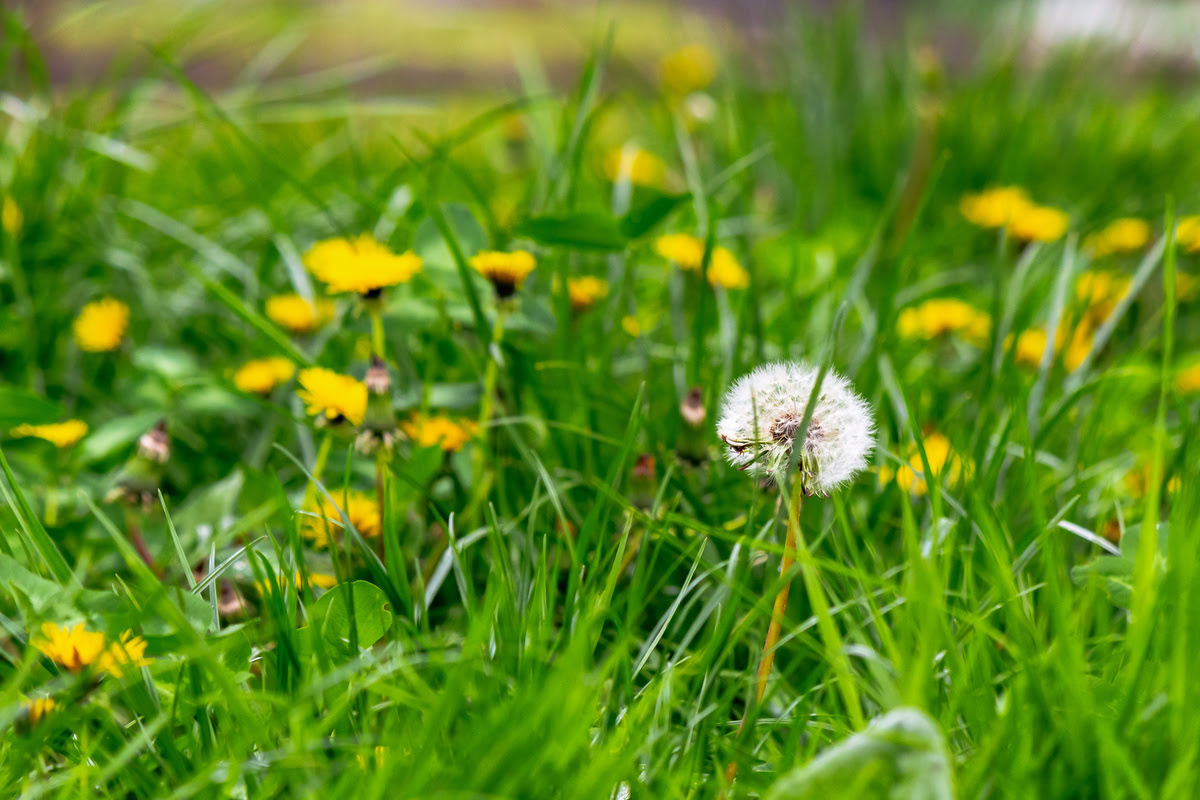

Landscaping Ideas
How To Keep Grass And Weeds From Growing
Modified: October 20, 2024
Discover effective landscaping ideas to prevent grass and weeds from taking over your outdoor space. Learn how to maintain a weed-free lawn with our expert tips. Achieve a pristine landscape with our proven techniques.
(Many of the links in this article redirect to a specific reviewed product. Your purchase of these products through affiliate links helps to generate commission for Storables.com, at no extra cost. Learn more)
Introduction
Welcome to the battle of the backyard: keeping grass and weeds at bay. A well-maintained lawn and garden can significantly enhance the beauty of your outdoor space, but the relentless growth of grass and weeds often poses a formidable challenge. Fear not, for with the right knowledge and strategies, you can effectively prevent and control the unruly expansion of these green invaders.
In this comprehensive guide, we will delve into the mechanisms behind the growth of grass and weeds, explore natural and chemical methods for controlling them, and provide practical tips to help you maintain a pristine landscape. By the end of this journey, you will be equipped with the insights and techniques needed to conquer the relentless forces of nature and reclaim your outdoor sanctuary.
Key Takeaways:
- Prevent grass and weeds by maintaining a healthy lawn, using mulch, and minimizing soil disturbance. Regular inspection and weeding are key to keeping your outdoor space pristine and inviting.
- Embrace natural methods like hand pulling, vinegar-based herbicides, and organic mulches to control grass and weeds. Chemical methods should be used judiciously and responsibly when natural approaches are insufficient.
Read more: How To Grow Grass Over Weeds
Understanding the Growth of Grass and Weeds
Before diving into the methods for preventing and controlling grass and weeds, it’s essential to understand the factors that drive their relentless growth. Both grass and weeds thrive under specific conditions, and comprehending these dynamics is crucial for effective management.
Grass Growth: Grass, the backbone of a lush lawn, flourishes under optimal conditions. It requires sunlight, water, nutrients, and suitable soil conditions to grow vigorously. The growth of grass is propelled by its ability to spread through rhizomes or stolons, enabling it to form a dense and uniform carpet across the landscape. Proper mowing and fertilization can promote healthy grass growth, but neglecting these practices may result in sparse, patchy lawns that are susceptible to weed invasion.
Weed Proliferation: Weeds, often regarded as the bane of gardeners, are resilient and opportunistic plants that capitalize on favorable environments to proliferate. They can quickly colonize bare patches of soil, outcompeting desirable plants for resources. Weeds are adept at dispersing seeds, and their rapid growth can outpace that of cultivated plants, leading to an unsightly and unkempt garden or lawn.
Environmental Influences: The growth of both grass and weeds is influenced by environmental factors such as temperature, moisture, and soil composition. Warm-season grasses thrive in hot climates, while cool-season grasses prefer milder temperatures. Weeds, on the other hand, exhibit remarkable adaptability and can thrive in a wide range of conditions, making them a persistent nuisance in various landscapes.
By gaining a deeper understanding of the growth patterns and environmental requirements of grass and weeds, you can implement targeted strategies to mitigate their proliferation and maintain a visually appealing outdoor space.
Tips for Preventing Grass and Weeds
Prevention is often the most effective strategy for managing grass and weeds in your landscape. By implementing proactive measures, you can create an environment that discourages their growth while promoting the health and vigor of your desired plants. Here are some essential tips to prevent the encroachment of grass and weeds:
- Maintain Optimal Lawn Health: A robust and well-maintained lawn is less susceptible to weed invasion. Regular mowing, appropriate fertilization, and adequate watering can promote the growth of dense, healthy grass, which in turn inhibits the establishment of weeds.
- Utilize Mulch and Ground Cover: Mulching garden beds and bare soil areas can effectively suppress weed growth by blocking sunlight and hindering seed germination. Organic mulches, such as wood chips or straw, not only deter weeds but also contribute to soil moisture retention and nutrient enrichment.
- Implement Landscape Fabric: Landscape fabric, when properly installed beneath gravel or mulch, provides an additional barrier against weed growth. This permeable material allows water and air to reach the soil while preventing weeds from taking root and spreading.
- Regularly Inspect and Weed: Conduct routine inspections of your garden and lawn to promptly remove any emerging weeds before they have a chance to mature and disperse seeds. Regular weeding, especially during the early stages of weed growth, can significantly reduce their presence in your outdoor space.
- Minimize Soil Disturbance: Limiting soil disturbance through practices such as no-till gardening and careful cultivation can prevent dormant weed seeds from being brought to the surface and germinating. Additionally, avoiding excessive foot traffic in grassy areas can help maintain a healthy turf and reduce weed encroachment.
- Properly Dispose of Weeds: When removing weeds, ensure that they are properly disposed of to prevent the spread of seeds. Bagging or composting weeds that have not gone to seed can prevent them from reseeding and perpetuating the weed population in your landscape.
By incorporating these preventive measures into your landscaping routine, you can create an inhospitable environment for grass and weeds while nurturing the flourishing beauty of your outdoor oasis.
Regularly mow your lawn to keep grass and weeds from growing too tall. This will help to prevent the weeds from going to seed and spreading, while also allowing the grass to thrive.
Natural Methods for Controlling Grass and Weeds
Embracing natural and eco-friendly approaches to manage grass and weeds not only minimizes the use of synthetic chemicals but also promotes a harmonious and sustainable ecosystem within your landscape. By harnessing the power of nature, you can effectively curb the proliferation of unwanted vegetation while nurturing a thriving and balanced outdoor environment. Here are some natural methods for controlling grass and weeds:
- Hand Pulling and Digging: For isolated weeds or small patches of grass, manual removal by hand pulling or digging can be an effective control method. Ensure that the entire root system is extracted to prevent regrowth.
- Vinegar-Based Herbicides: Household vinegar, when used at full strength, can be a potent natural herbicide for controlling weeds. The acetic acid in vinegar disrupts the plant cell structure, leading to desiccation and eventual death of the targeted weeds.
- Boiling Water Treatment: Pouring boiling water over weeds growing in pavement cracks or interstitial spaces can effectively scald and kill them. Exercise caution to avoid splashing on desirable plants, as the extreme heat can cause unintended damage.
- Corn Gluten Meal: This natural byproduct of corn processing acts as a pre-emergent herbicide, inhibiting the germination of weed seeds. When applied in early spring, it can help suppress weed growth while providing organic nitrogen to the soil.
- Organic Herbicidal Soaps: Formulated with natural fatty acids, herbicidal soaps can be used to target and control young, tender weeds. These soaps disrupt the waxy cuticle of the weed foliage, leading to dehydration and subsequent demise.
- Smothering with Cardboard or Newspaper: Suppress weed growth by layering cardboard or several sheets of newspaper over bare soil areas. This method effectively blocks sunlight, inhibiting weed germination and growth while allowing for the eventual decomposition of the organic material.
By integrating these natural control methods into your gardening practices, you can effectively manage grass and weeds while upholding a commitment to environmental stewardship and the well-being of your outdoor ecosystem.
Chemical Methods for Controlling Grass and Weeds
While natural and manual control methods are environmentally friendly, there are instances where chemical interventions may be necessary to effectively manage grass and weeds in larger or more challenging landscapes. It is essential to approach chemical control with caution, adhering to proper application techniques and safety guidelines to minimize environmental impact and ensure the well-being of desirable plants and organisms within the ecosystem. Here are some chemical methods for controlling grass and weeds:
- Selective Herbicides: Selective herbicides target specific types of plants, such as broadleaf weeds or grassy weeds, while sparing desirable vegetation. These herbicides are formulated to disrupt the growth and development of the targeted weeds without causing harm to ornamental plants or turf grass.
- Non-Selective Herbicides: Non-selective herbicides, such as glyphosate-based products, are effective against a broad spectrum of weeds and grasses. They are commonly used for spot treatments in areas where complete eradication of vegetation is necessary, such as in driveways, walkways, or non-landscaped areas.
- Pre-Emergent Herbicides: Pre-emergent herbicides create a barrier in the soil, preventing weed seeds from germinating. When applied at the appropriate time, typically before the growing season, they can significantly reduce the emergence of annual weeds, providing long-lasting control.
- Post-Emergent Herbicides: Post-emergent herbicides are designed to target and control weeds that have already emerged. They are available in selective and non-selective formulations, allowing for targeted treatment of specific weed species or broader eradication of vegetation in designated areas.
- Systemic Herbicides: Systemic herbicides are absorbed by the foliage or roots of weeds and translocated throughout the plant, effectively disrupting vital physiological processes and leading to systemic damage and eventual death. These herbicides offer a comprehensive approach to weed control, addressing the entire plant structure.
- Herbicide Application Considerations: When using chemical herbicides, it is imperative to follow label instructions meticulously, including proper dilution, application rates, and safety precautions. Additionally, consider factors such as weather conditions, proximity to water bodies, and potential impact on non-target organisms when applying chemical control methods.
When employed judiciously and responsibly, chemical methods can provide effective control of grass and weeds in scenarios where natural or manual approaches may be insufficient, contributing to the maintenance of a well-manicured and visually appealing outdoor environment.
Read more: What Weeds Grow In Grass
Conclusion
Managing the growth of grass and weeds is an ongoing endeavor that requires a combination of preventive measures, natural interventions, and, in some cases, chemical control methods. By understanding the dynamics of grass and weed growth, implementing proactive strategies, and leveraging a diverse array of control techniques, you can maintain a thriving and aesthetically pleasing outdoor landscape.
Prevention remains the cornerstone of effective grass and weed management. By nurturing healthy turf, utilizing mulches and ground covers, and minimizing soil disturbance, you can create an environment that discourages the encroachment of unwanted vegetation. Regular inspection and prompt weeding further bolster your defense against invasive plants, ensuring that your outdoor space remains pristine and inviting.
Embracing natural methods for weed and grass control not only aligns with environmentally conscious practices but also contributes to the overall ecological balance of your landscape. From hand pulling and vinegar-based herbicides to organic mulches and smothering techniques, these natural interventions offer effective alternatives to synthetic chemicals, promoting a sustainable and harmonious outdoor ecosystem.
In situations where more robust intervention is necessary, chemical methods can provide targeted and efficient control of grass and weeds. Selective and non-selective herbicides, pre-emergent and post-emergent treatments, and systemic control options offer versatile solutions for managing unwanted vegetation, albeit with careful consideration of application techniques and environmental impact.
By integrating these strategies and approaches, you can cultivate a landscape that is not only visually captivating but also resilient against the relentless advance of grass and weeds. With a blend of knowledge, diligence, and a touch of green-thumb finesse, you can transform your outdoor space into a flourishing haven that exudes natural beauty and tranquility.
Armed with these insights and techniques, you are well-equipped to navigate the challenges of grass and weed control, ensuring that your outdoor sanctuary remains a source of pride and rejuvenation for years to come.
Frequently Asked Questions about How To Keep Grass And Weeds From Growing
Was this page helpful?
At Storables.com, we guarantee accurate and reliable information. Our content, validated by Expert Board Contributors, is crafted following stringent Editorial Policies. We're committed to providing you with well-researched, expert-backed insights for all your informational needs.
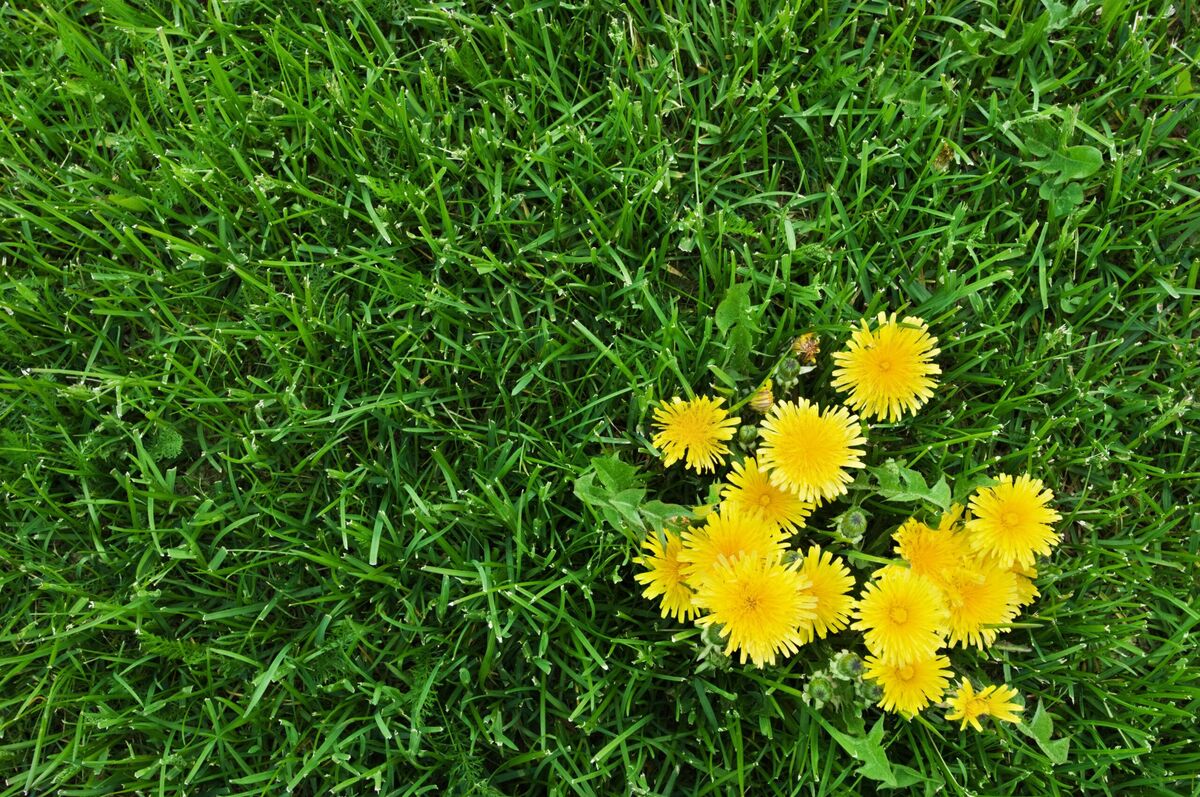
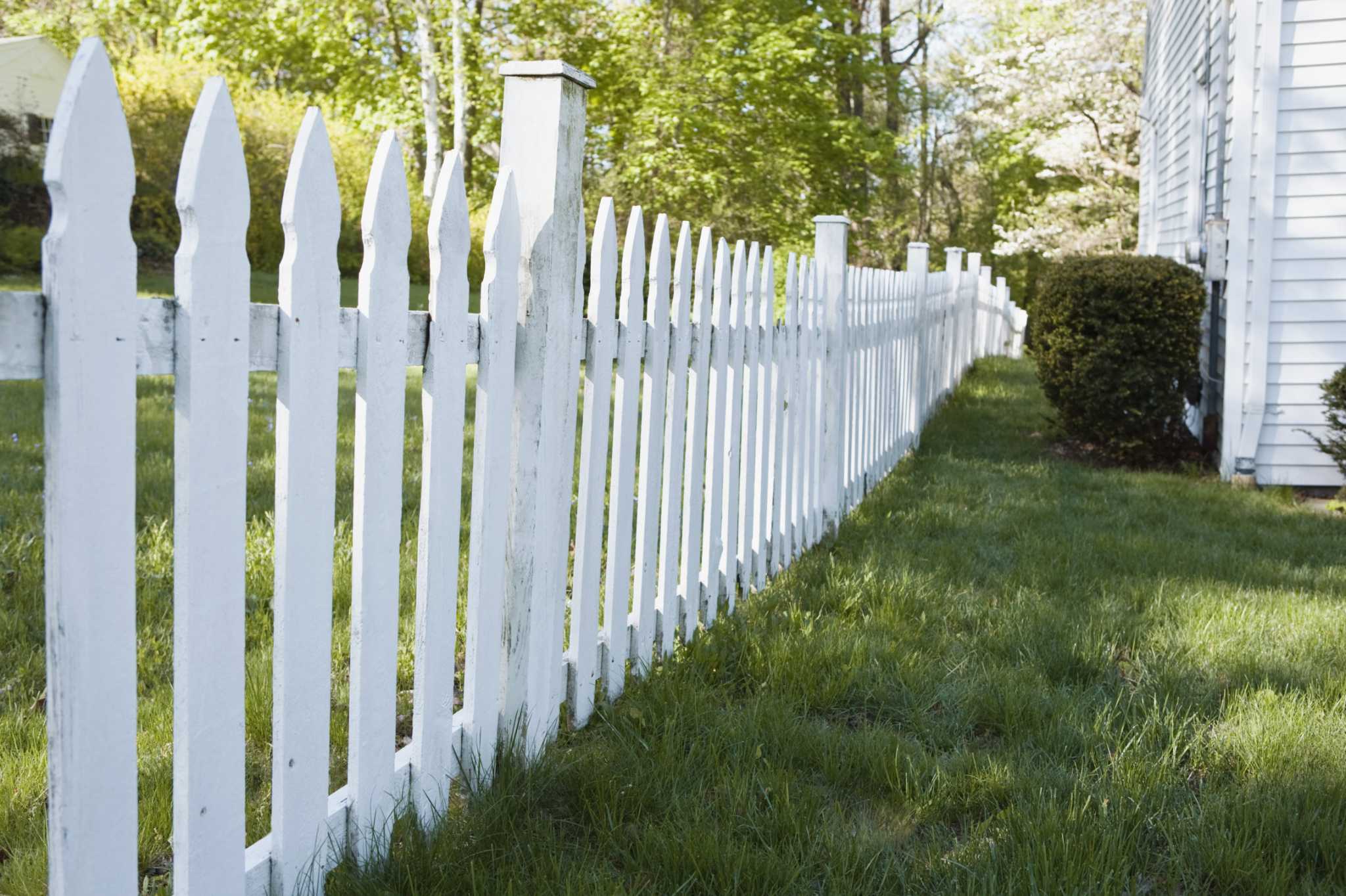
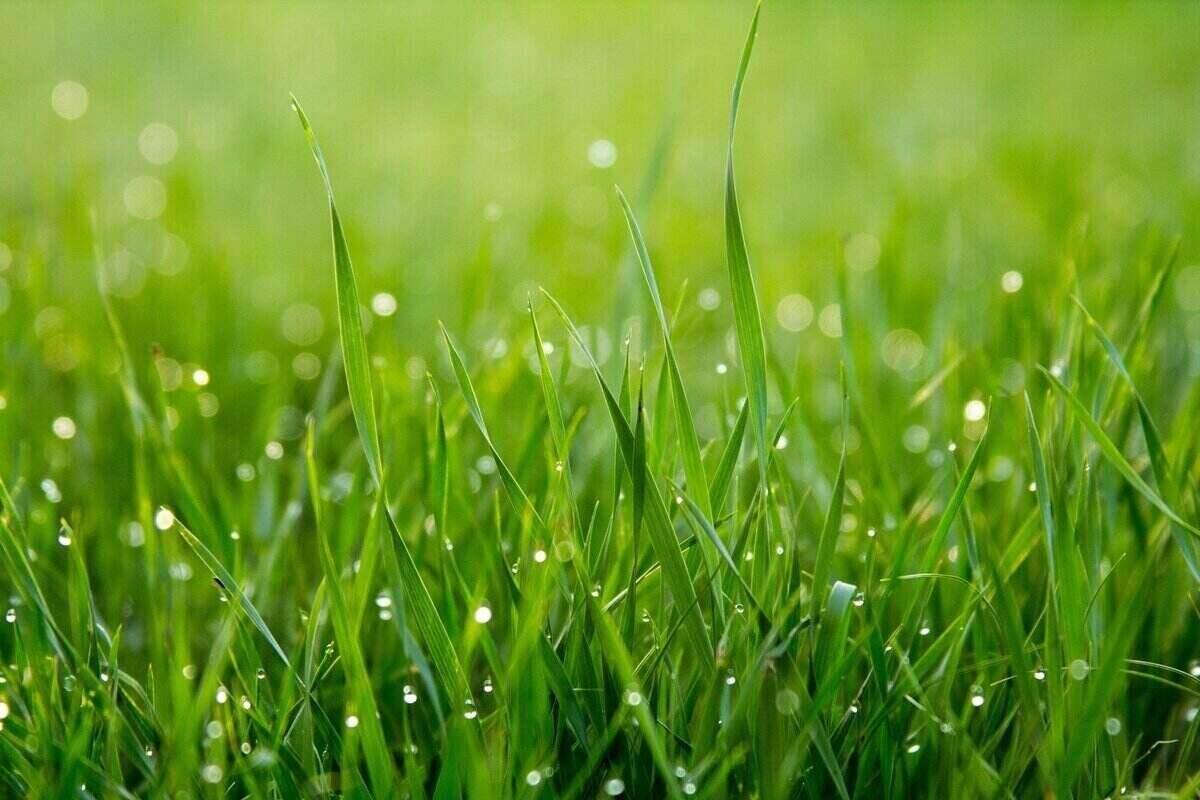
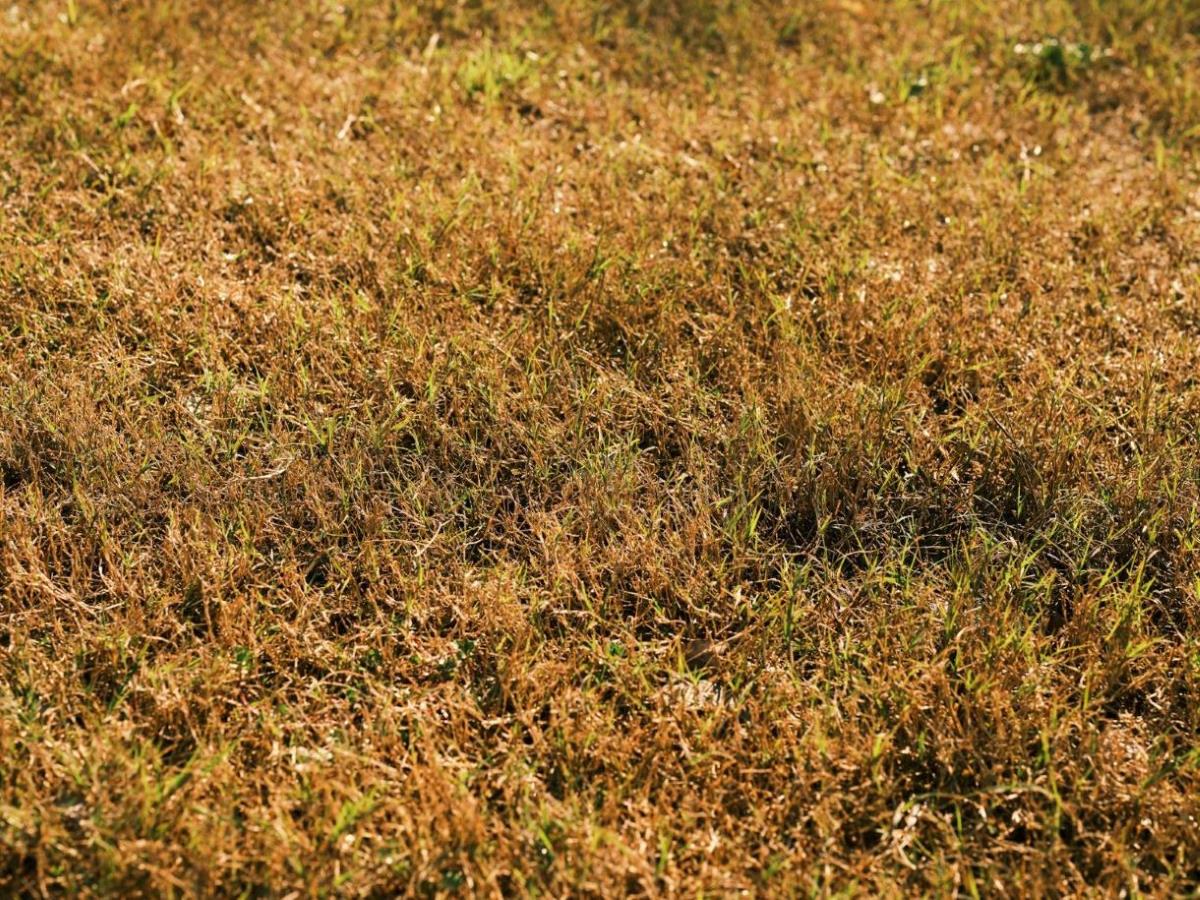
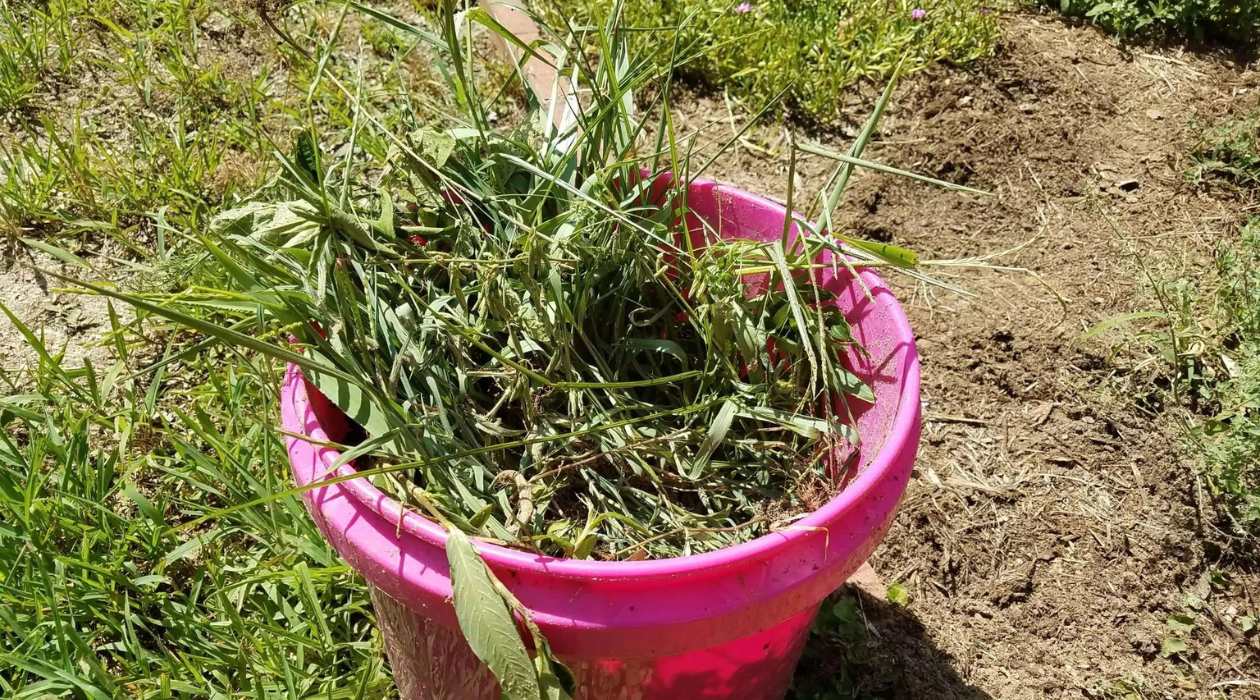
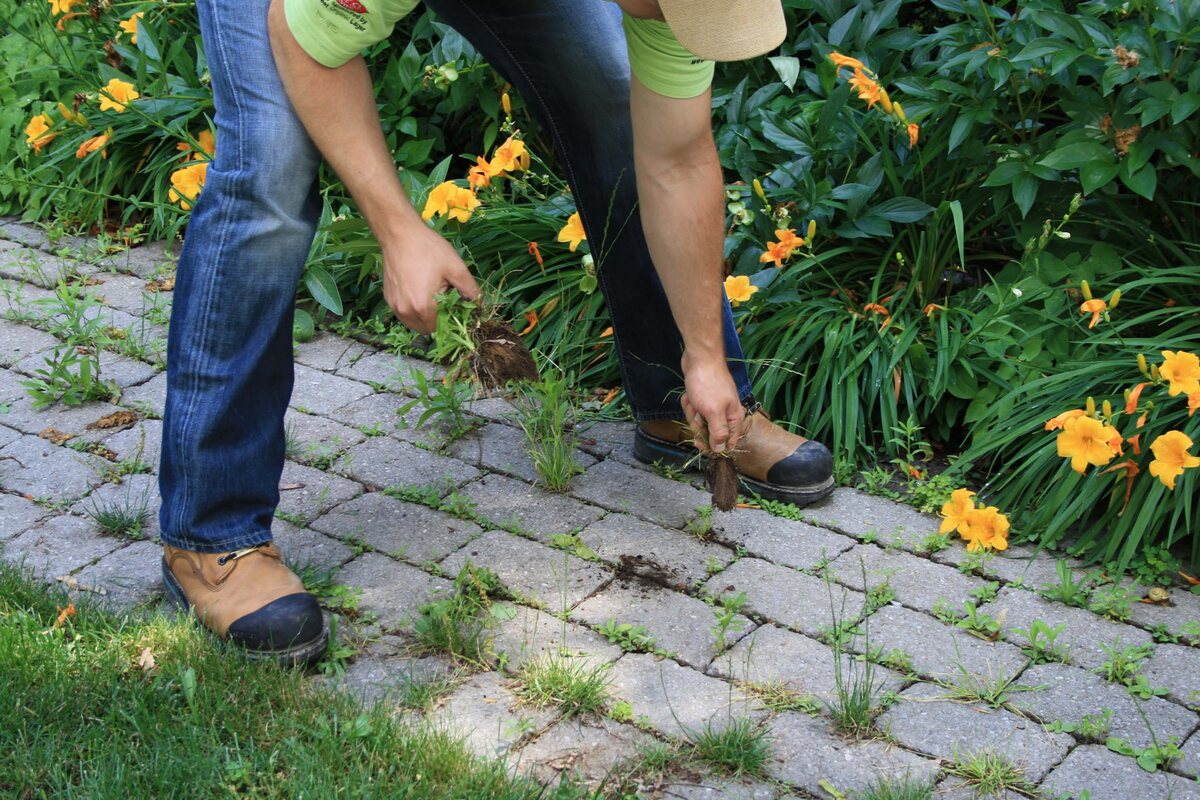
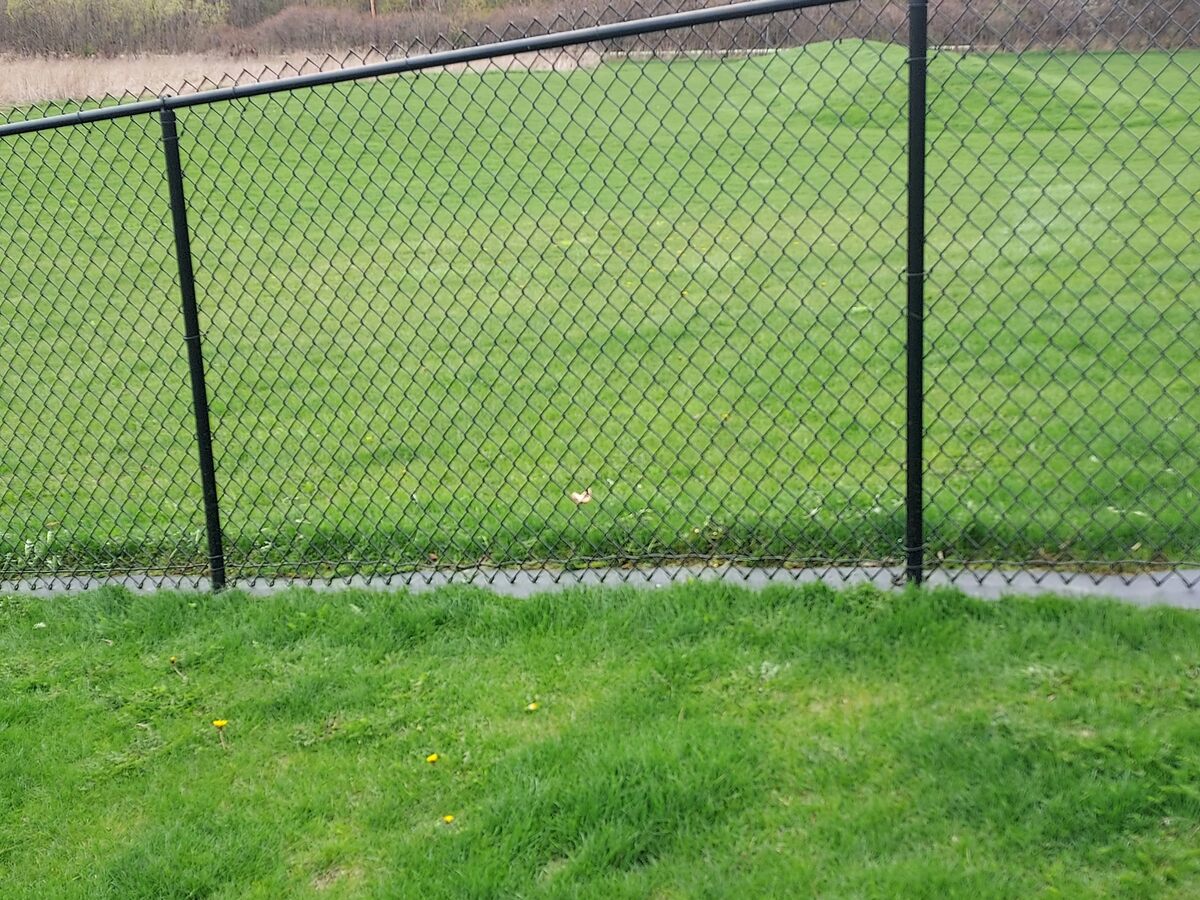
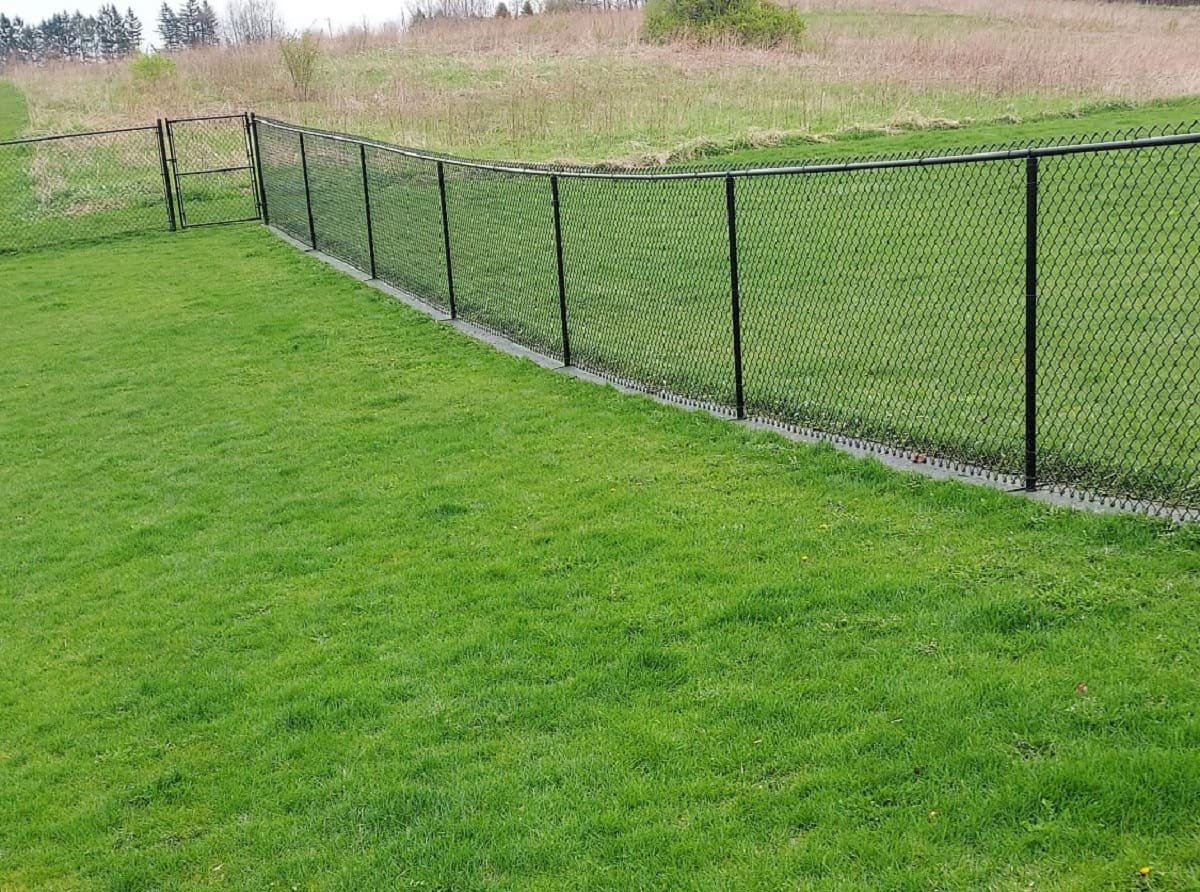

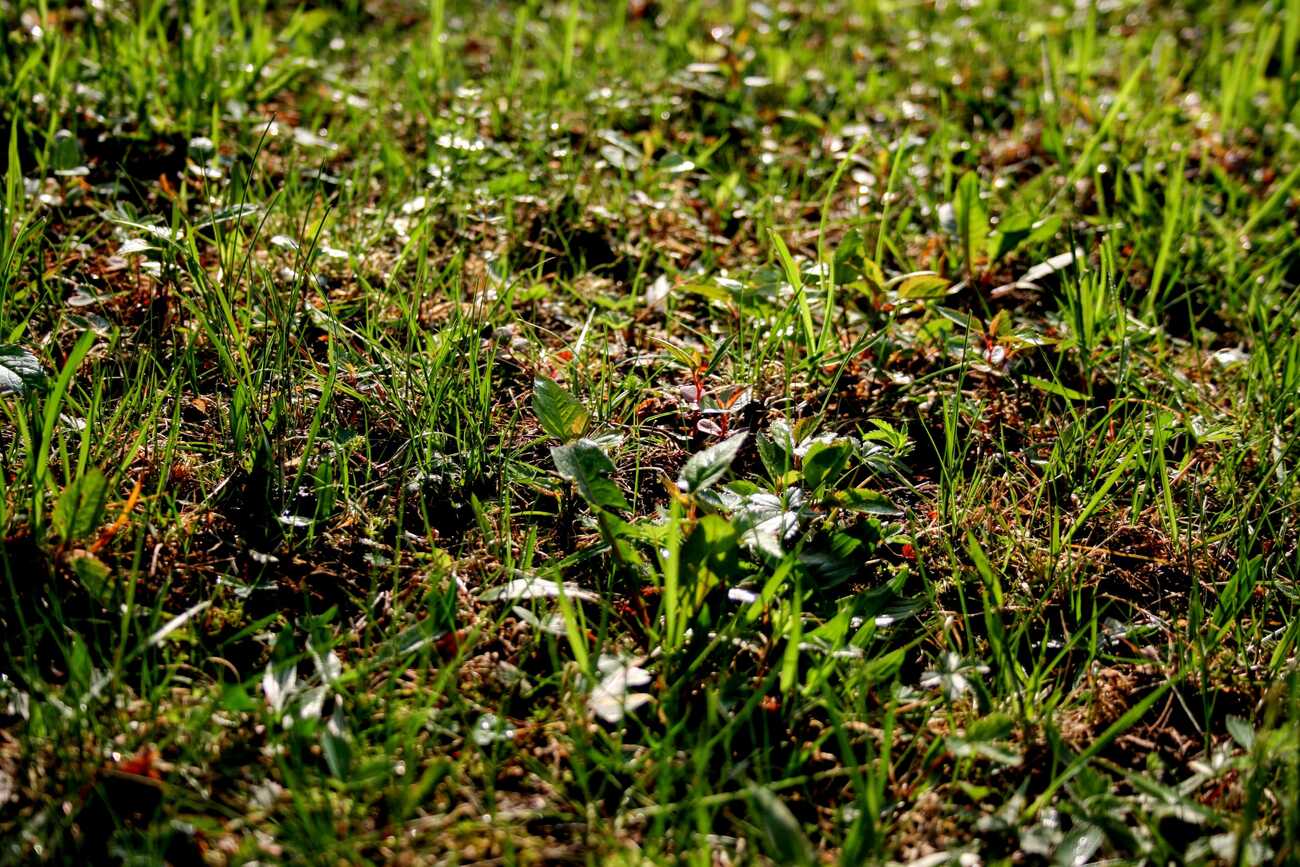
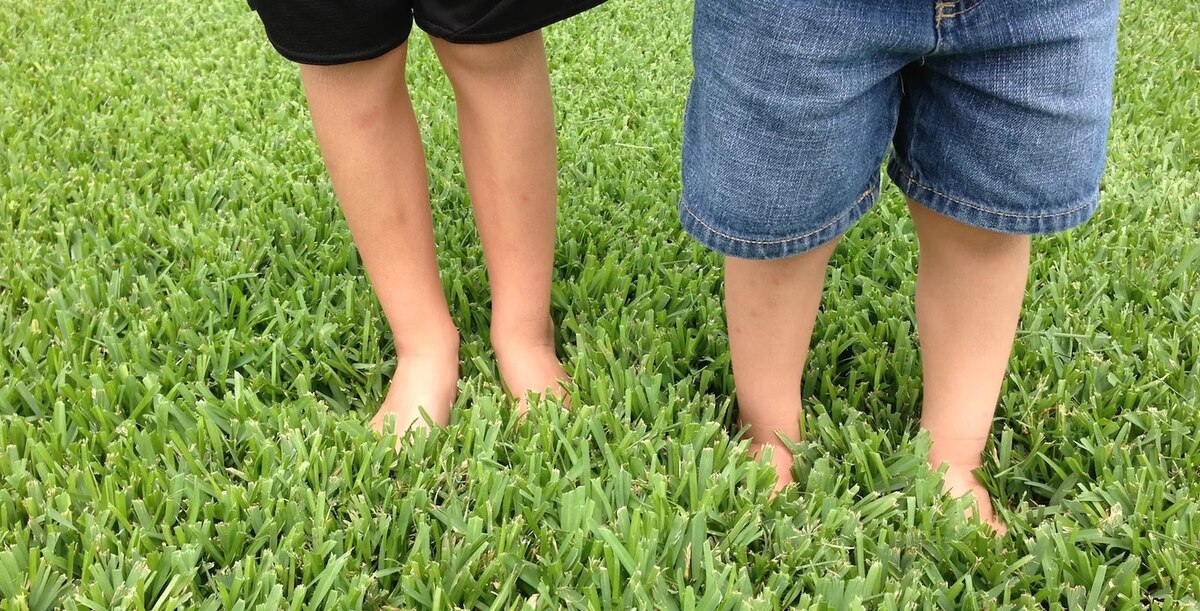
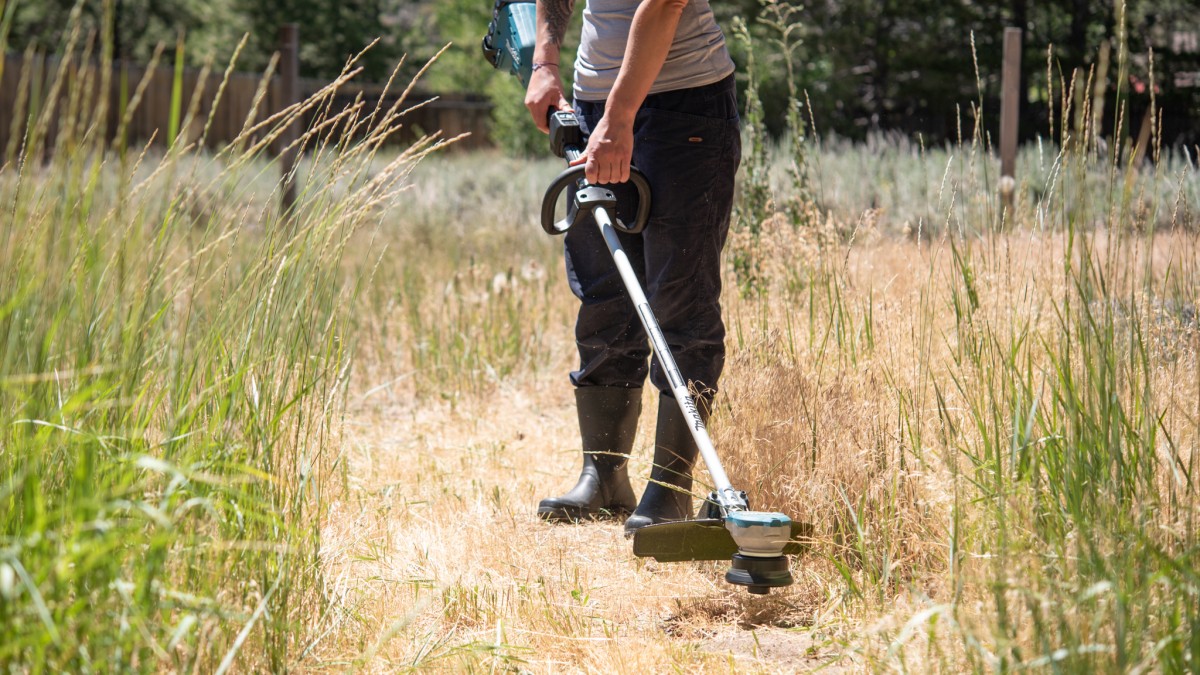
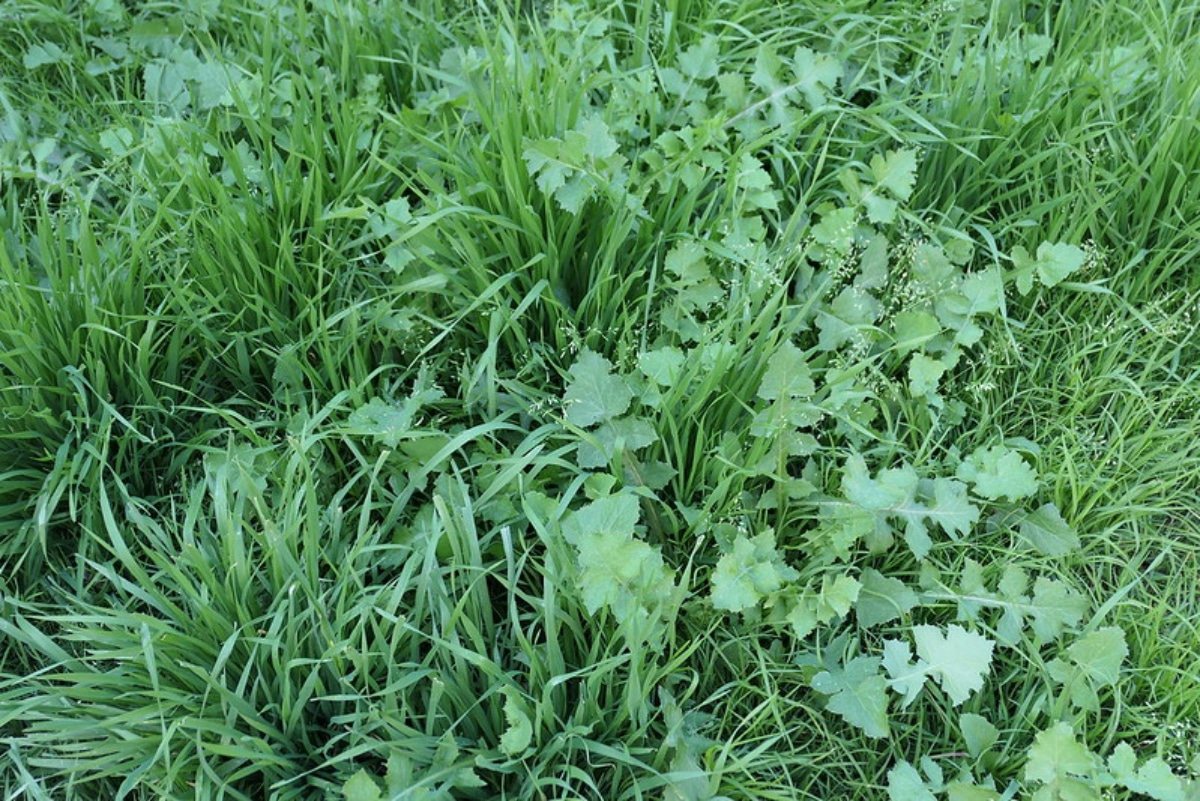
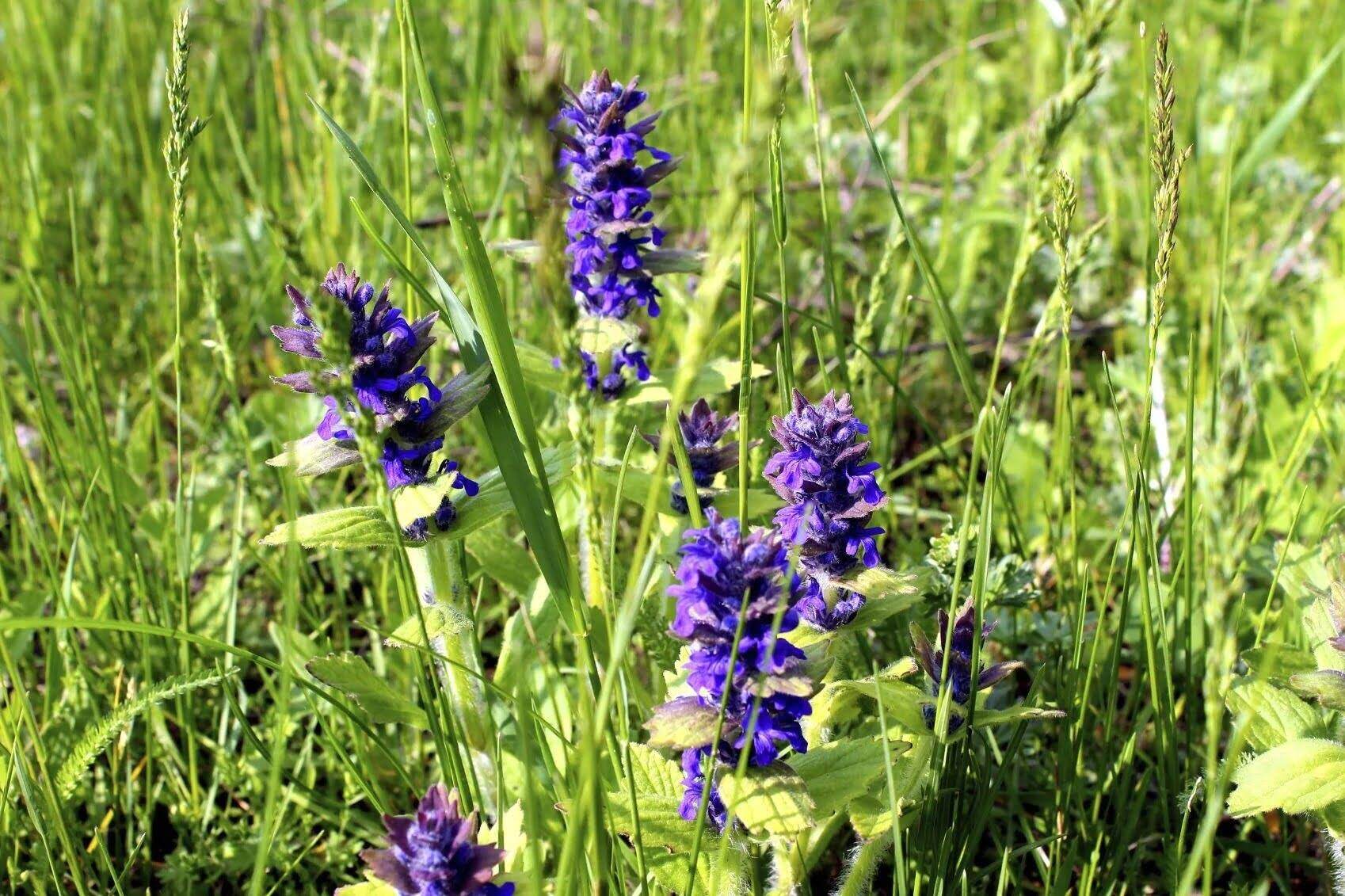

0 thoughts on “How To Keep Grass And Weeds From Growing”